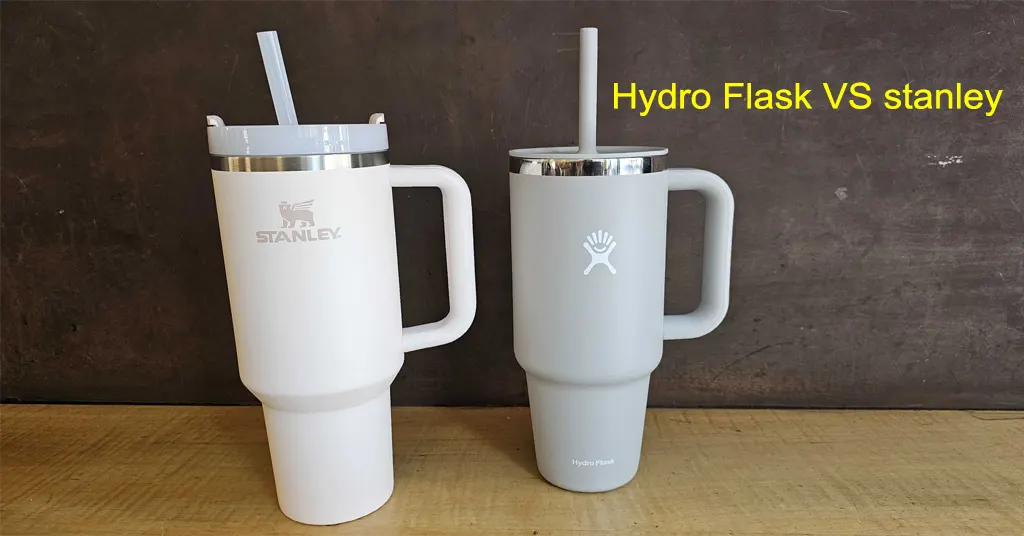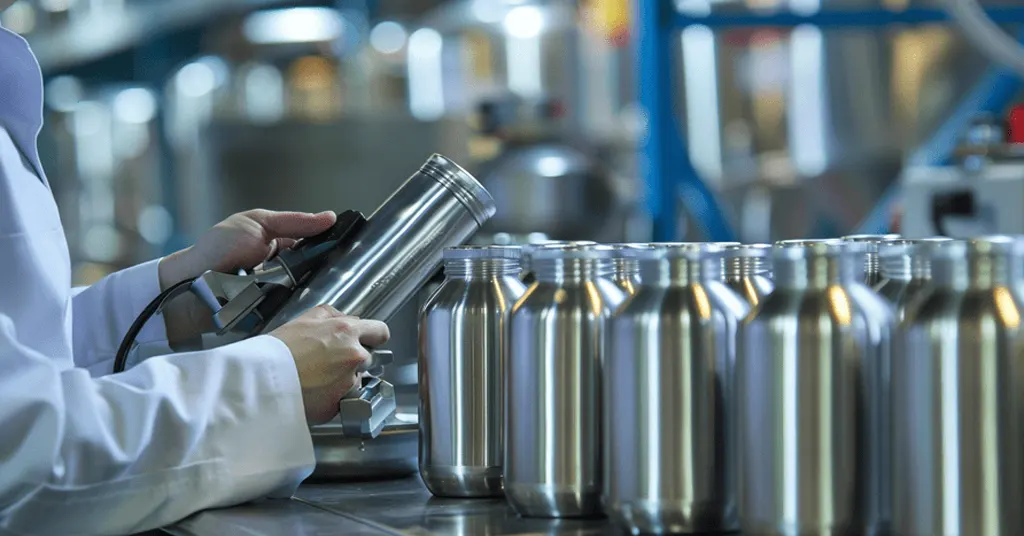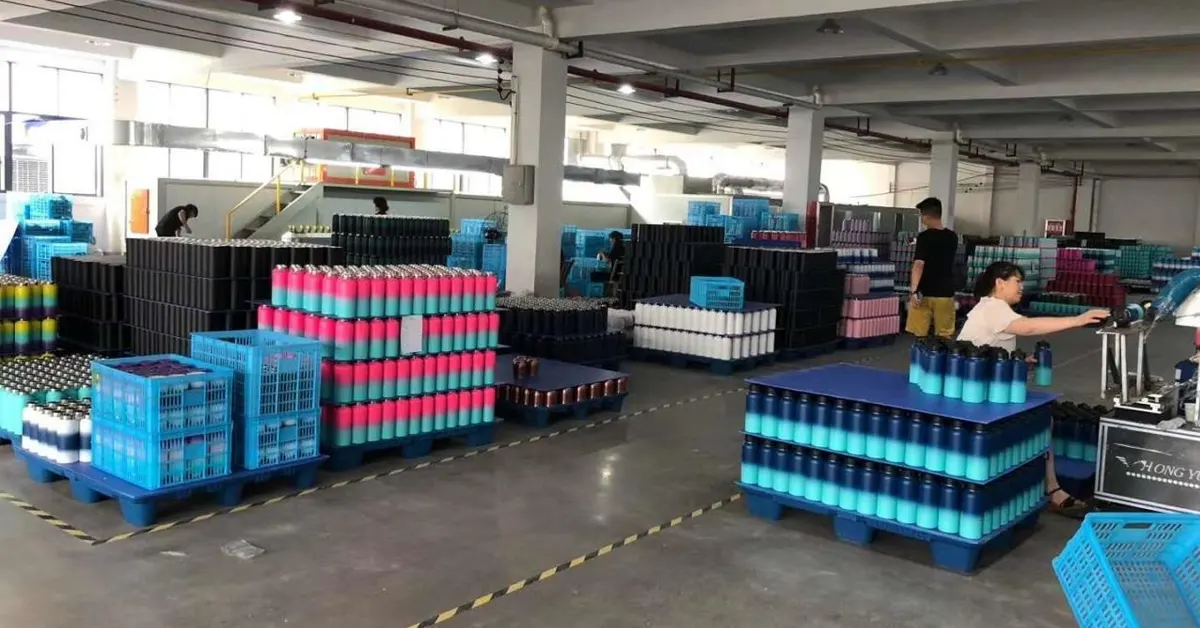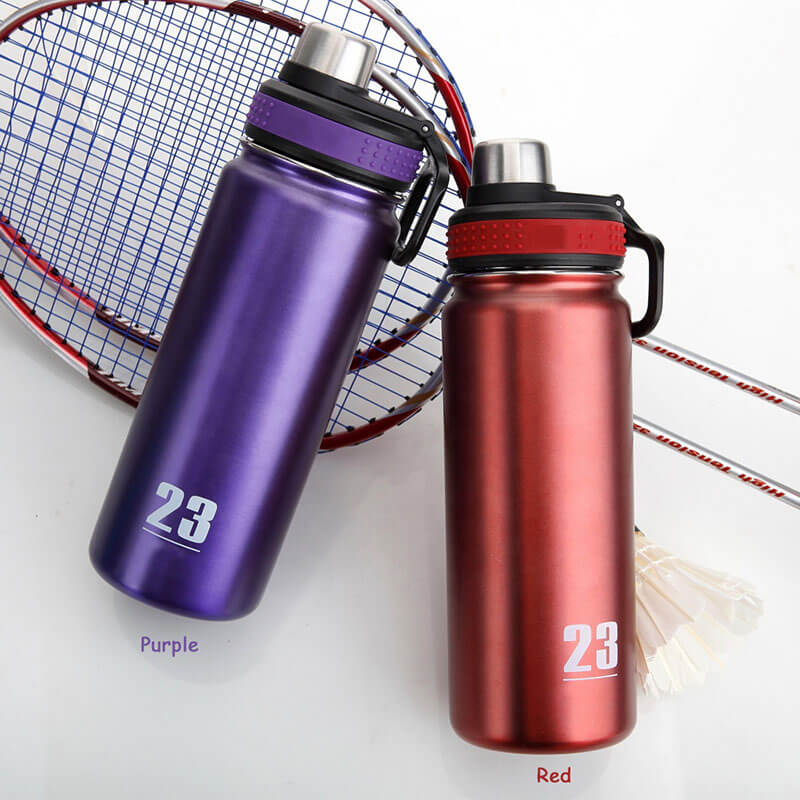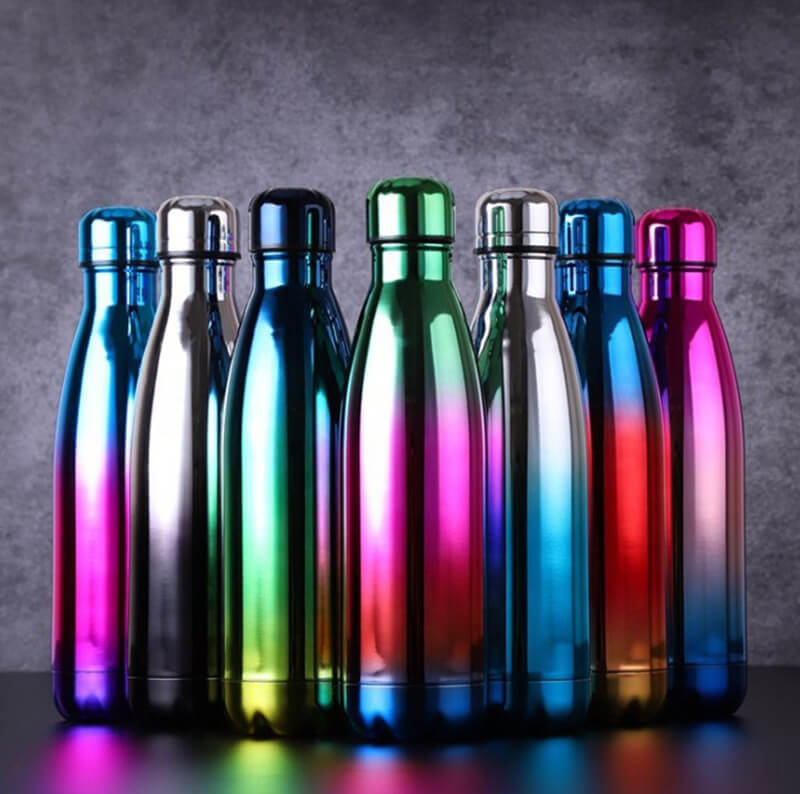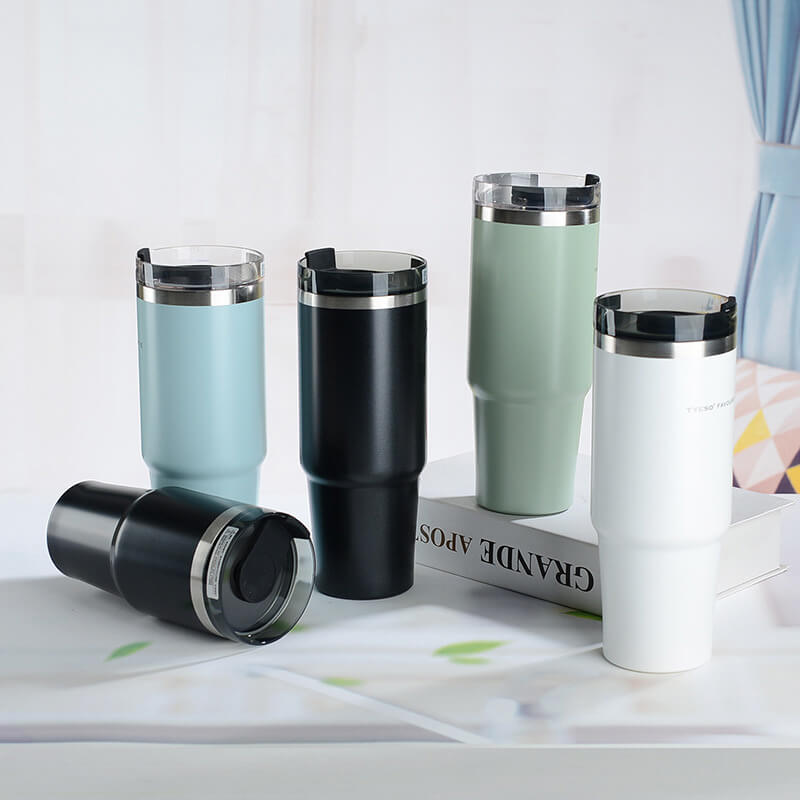Table of Contents
How to Pick the Best Insulated Water Bottle?
Selecting the best insulated water bottle ensures your drinks stay hot or cold for hours, whether hiking, commuting, or relaxing at home. Beyond appearance, the material, insulation, and design determine quality. This guide covers key factors like stainless steel grades, testing methods, and brand comparisons to help you make an informed choice.
Why Stainless Steel Is the Best Material?
Superior Insulation
Insulated water bottles made from stainless steel outperform glass, ceramic, or plastic due to low thermal conductivity (15 W/m·K vs. 1.05 W/m·K for glass), keeping drinks cold for up to 24 hours or hot for 12 hours (ASTM F3263-17 standard).
Durability and Safety
High-grade stainless steel (18/8 or 18/10) resists rust, corrosion, and leaching, ensuring drinks taste pure. Unlike aluminum, it’s non-reactive and BPA-free, making it safe for long-term use (FDA-compliant).
Eco-Friendly Benefits
Stainless steel is 100% recyclable, reducing environmental impact compared to single-use plastic bottles. Reusable bottles save money and resources over time.
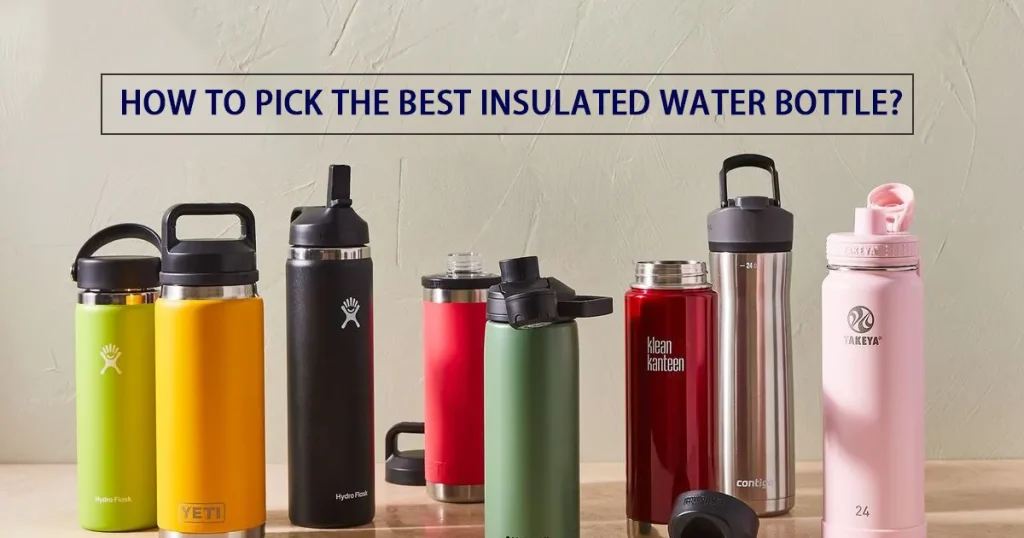
Stainless Steel Grades: 201, 304, and 316
| Grade | Composition | Corrosion Resistance | Safety for Food Contact | Common Use |
|---|---|---|---|---|
| SUS 201 | High manganese, low nickel | Poor, prone to rust | Not food-safe; manganese risk | Low-quality bottles |
| SUS 304 | 18% chromium, 8% nickel | Good | Food-grade, safe | Most insulated bottles |
| SUS 316 | 18% chromium, 10% nickel, 2% molybdenum | Excellent | Food-grade, highly durable | Medical, premium bottles |
| Source: FDA, 2023; Consumer Testing Institute, 2023. | ||||
- SUS 201 stainless steel: High manganese content makes it prone to rust and manganese leaching, especially with acidic drinks. Not recommended for food contact.
- SUS 304 stainless steel: The standard for food-grade stainless steel, offering good corrosion resistance and safety. Ensure products meet FDA standards, not just labeled “304.”
- SUS 316 stainless steel: Includes molybdenum for superior resistance to chloride corrosion (e.g., salt solutions). It’s costlier, so it’s less common in bottles.
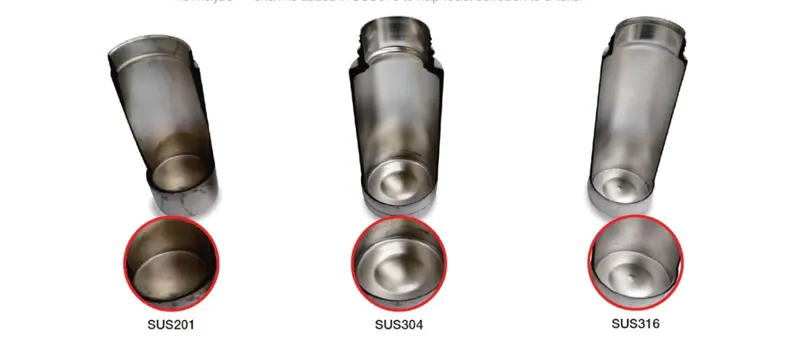
How to Test an Insulated Water Bottle’s Quality
1. Insulation Performance
Fill the bottle with boiling water, seal the lid, and wait 2-3 minutes. Touch the exterior. No warmth indicates a strong vacuum seal, ensuring 6-24 hours of insulation.
2. Leak-Proof Seal
Fill with water, seal the lid, and place flat on a table. No leakage should occur. The lid should screw on smoothly with no gaps.
3. Material Quality
Check for 18/8 or 18/10 stainless steel. Soak in 1% salt water for 24 hours; no rust spots confirm quality. Food-grade silicone lids/straws should have a faint smell and smooth surface.
4. Surface and Odor
A quality bottle feels smooth inside and out, with no rough edges. Food-grade materials have minimal odor, unlike low-quality plastics with strong smells.
5. Capacity Check
The inner liner’s depth should align with the outer shell (16-18mm difference). Verify capacity with a measuring cup to ensure no fillers (e.g., sand) are used.
Comparing Top Insulated Water Bottle Brands
| Brand | Insulation (Cold/Hot) | Material | Leak-Proof | Price Range |
|---|---|---|---|---|
| Hydro Flask | 24h / 12h | 18/8 SS, BPA-free | Yes | $40~$60 |
| Yeti Rambler | 24h / 12h | 18/8 SS, BPA-free | Yes | $35~$50 |
| Stanley Quencher | 11h / 7h | 90% Recycled SS | Partial | $45 |
| Klean Kanteen | 20h / 10h | 18/8 SS, BPA-free | Yes | $30~$45 |
| Source: Food & Wine, 2025. | ||||
Practical Tips for Choosing an Insulated Water Bottle
- Match Your Needs: Choose 20-24oz for portability (gym, office) or 40oz for all-day hydration (hiking).
- Prioritize 304/316 Stainless Steel: Ensure FDA-compliant, food-grade materials.
- Check Lid Design: Opt for screw-on lids with silicone gaskets for leak-proof performance.
- Buy from Reputable Brands: Shop trusted retailers (e.g., REI, Amazon) and verify certifications.
- Test Post-Purchase: Use insulation and leak tests to confirm quality.
- Consider Cost vs. Value: Quality bottles ($30-$60) offer better durability than budget options.
FAQs About how to choose Insulated Water Bottles
How long should an insulated water bottle keep drinks hot or cold?
Top models maintain cold for 24 hours or hot for 12 hours, per ASTM standards.
What’s the difference between 304 and 316 stainless steel?
SUS 304 is food-grade with good corrosion resistance; SS 316 adds molybdenum for better resistance to chloride corrosion.
How do I know if a bottle is food-safe?
Look for 18/8 or 18/10 stainless steel and BPA-free certifications. Test for minimal odor and smooth surfaces.
Can I use an insulated water bottle for hot drinks?
Yes, food-grade bottles are safe for hot beverages, but use caution to avoid burns.
How do I test insulation quality?
Fill with boiling water, seal, and check for exterior warmth after 2-3 minutes. No heat indicates a strong vacuum seal.
Conclusion: Find Your Ideal Insulated Water Bottle
Choosing the best insulated water bottle involves evaluating material quality (304/316 stainless steel), insulation performance, and design. By using simple tests and prioritizing food-grade, eco-friendly materials, you can select a durable bottle that keeps drinks at the perfect temperature. Compare brands like Hydro Flask, Yeti, and Stanley to match your lifestyle, whether for hiking, commuting, or daily hydration.
More questions? Please feel free to contact YKSC, the leading vacuum insulated stainless steel water bottle manufacturer. Send an email to [email protected], you will get quick response within 24 hours.
Have Anything To Ask Us?
Please fill in the detailed information in the form, and we will contact you as soon as possible
